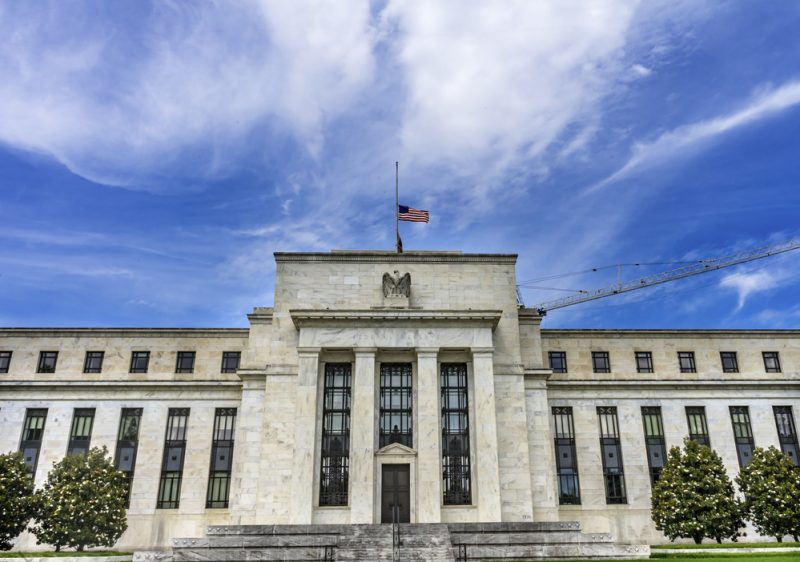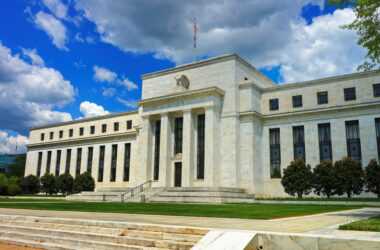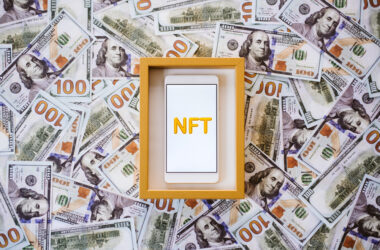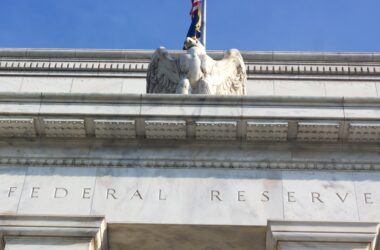For the 10th time in a row since March 2022, the Federal Reserve raises interest rates as part of its attempts to fight the high levels of inflation the global economy is currently witnessing. Markets reacted to the meeting – and to the following Powell’s words – soon.
Despite this, the Fed and some analysts seem to be quite optimistic about the future – even if there’s still no certainty that interest rates won’t rise in the future.
In the meantime, the labor market already experiences the effect of the rises of this last year.
What happened on Wednesday, May 3
During the last Fed meeting, the central bank announced a new raise in interest rates – by 25 basis points.
This is the 10th consecutive rise since March 2022. More than one year ago, the FOMC meeting produced an increase of 25 basis points, moving the target rate between 0.25% and 0.50%. On Wednesday, the tenth consecutive rise led the target rate between 5% and 5.25%.
This rise should be observed under a perspective influenced by the pandemic: as usual, when there’s an economic and financial crisis interest rates are decreased to favor the health of the economy and an easier access to credit – this is the reason behind the interest rates close to 0 in March. This causes inflation, and to improve the purchasing power, interest rates are raised until inflation is considered under control.
The current situation, with the target set for interest rates up to 5.25%, is far from the target the Fed would like to reach – around 2%.
Despite this, both the Fed and analysts seem to be optimistic about the future, considering a possible halt to interest rates rises.
The reason behind this optimism lies in the fact that the language used by the Fed was less severe if compared to the previous meetings, and that the possibility to further raise rates wasn’t mentioned. Nevertheless, markets didn’t react positively to the FOMC meeting.
The Dow was down – along with Nasdaq and S&P 500
Actually, cuts are not in Fed’s plans for 2023.
Markets are still nervous and the concerns about a recession don’t stop.
DJIA (Dow Jones Industrial Average), Nasdaq and S&P 500 were down on Wednesday – by 0.8%, almost 0.5% and 0.7% respectively.
Even if the Fed removed, from its statement, the sentence “the Committee anticipates that some additional policy firming may be appropriate”, Powell said something different to the press after the meeting.
The chair of the Fed affirmed that the Fed will, in any case, take the necessary steps to improve the current economic and financial situation – so, it’s still probable that interest rates will be raised again in the future.
It’s not the first time that Jerome Powell influenced markets, to the extent that two Harvard researchers talked about a trend – which is new if the activity of Powell is compared to previous Fed chairs.
This might threaten the willingness of the Fed to be transparent and predictable, and this trend also causes higher volatility in more traditional markets.
The new FOMC meeting was awaited by investors and markets in general, but it seems that the information received after each meeting doesn’t satisfy the expectations of analysts, since uncertainty holds.
In the meantime, higher interest rates mean tightened credit, and this influences businesses and the labor market, with the unemployment rate still on the rise.
WeInvests is a financial portal-based research agency. We do our utmost best to offer reliable and unbiased information about crypto, finance, trading and stocks. However, we do not offer financial advice and users should always carry out their own research.
Read More









